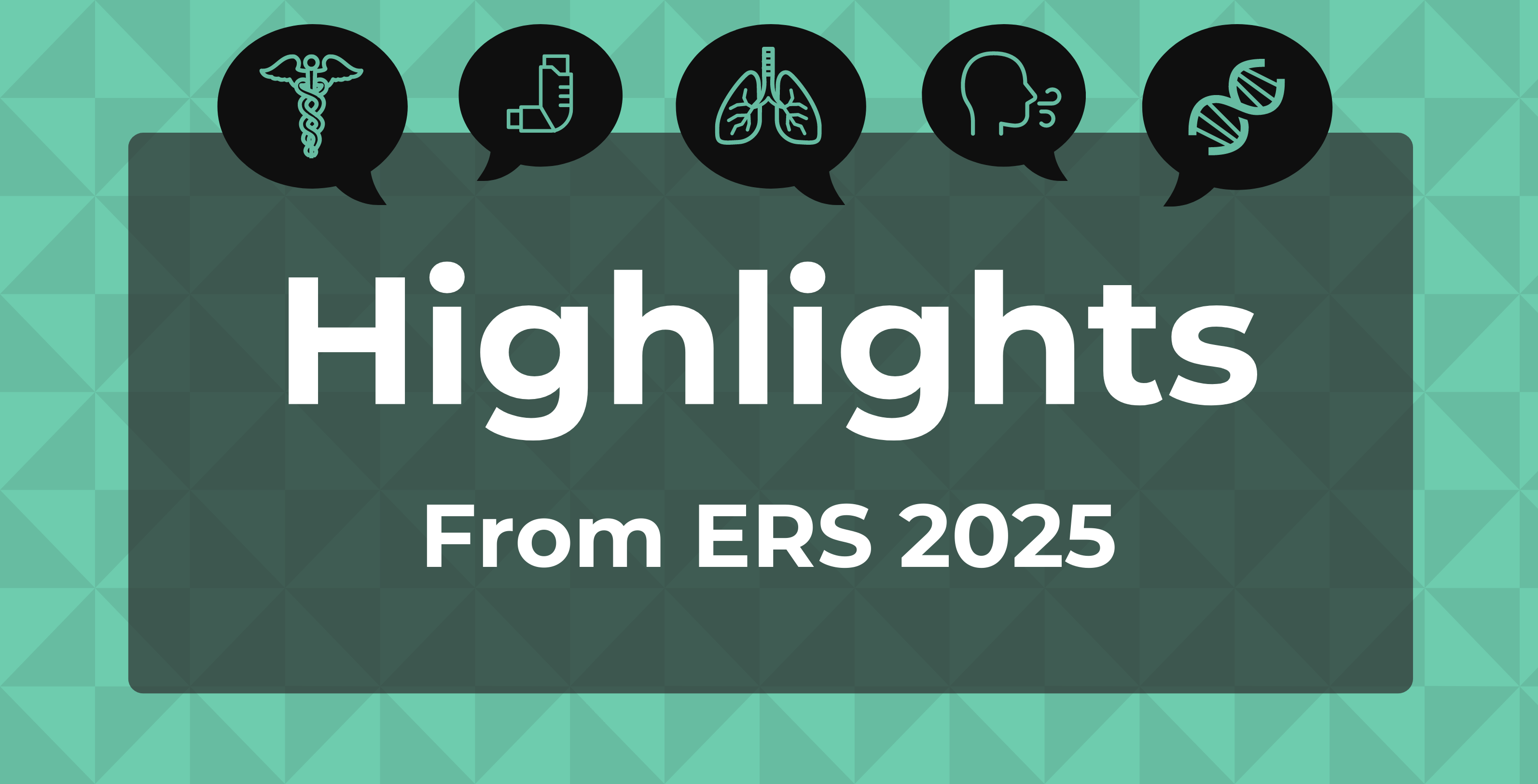
Pulmonary Fibrosis
Latest News
Video Series

Latest Videos
Podcasts
CME Content
More News

A study identified 32 dysregulated cytokines and 5 key signaling hubs in idiopathic pulmonary fibrosis (IPF), mapping a complex network of profibrotic pathways that may serve as future therapeutic targets.

A novel RTEL1 nonsense mutation was identified in a woman with multigenerational familial pulmonary fibrosis (PF), expanding the genetic spectrum of telomere-related lung disease and underscoring the importance of genetic testing in suspected inherited interstitial lung disease (ILD).
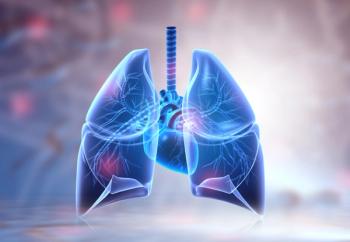
An RNA-based therapeutic approach led to transient activation of telomerase activity in a model of pulmonary fibrosis.

Nerandomilast slowed disease progression at 2 doses compared with placebo among US participants in the trial.

A national analysis of CDC data over 25 years revealed persistent sex, racial, and regional disparities in pneumonia and pulmonary fibrosis mortality.

Metabolic intermediates were identified as active participants in fibrosis progression and potential targets for next-generation therapies.
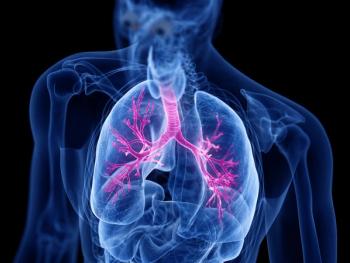
Atomic force microscopy successfully identified nanomechanical changes in fibrotic lung tissue.

A Mendelian randomization study suggests Actinomyces plays a role in idiopathic pulmonary fibrosis, mediated by circulating inflammatory proteins.

The approval is the first in more than a decade for an idiopathic pulmonary fibrosis treatment.

A wearable cough monitor generated clinically useful cough data, but patients only wore the device about half of the days of the study period.

A recent study outlines how artificial intelligence advancements are transforming research and therapeutic strategies for idiopathic pulmonary fibrosis.

Patients with progressive pulmonary fibrosis had longer survival with antifibrotic therapy, but only if they met a key criteria.
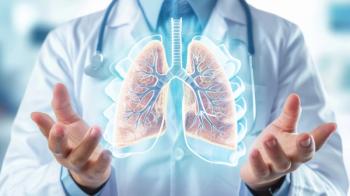
Patients with acute exacerbations of idiopathic pulmonary fibrosis and progressive pulmonary fibrosis face steep odds and benefit from palliative care.
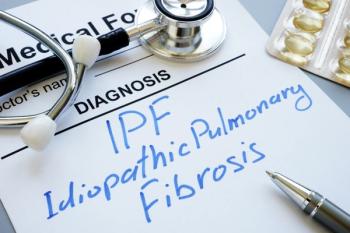
Findings reveal that alternative polyadenylation regulates SASP factors and may fuel age-related pulmonary fibrosis.

Polyethylene terephthalate microplastics are the most common microplastics encountered in daily life, and there are several reasons why they may play a role in lung diseases like idiopathic pulmonary fibrosis.

While observational studies have previously pointed to an association, being able to identify causation has been difficult due to overlapping risk factors and confounding variables.
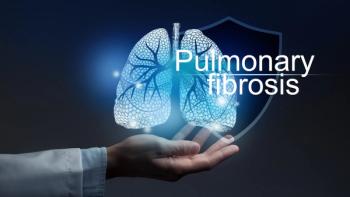
Strategies that combine ferroptosis inhibition with established antifibrotics could ultimately move treatment from slowing progression to truly reversing fibrosis, new research suggests.

The findings are part of a new wave of research that uses artificial intelligence (AI) to hasten scientific discovery.
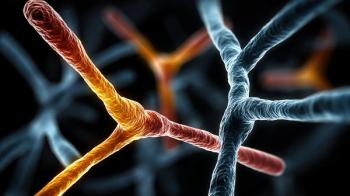
Telomere length can be used in the diagnosis of interstitial lung diseases like idiopathic pulmonary fibrosis, but it likely also has therapeutic implications, according to a new report.

Patients with idiopathic pulmonary fibrosis are at a higher risk of certain cardiovascular diseases.

From alveolar injury to extracellular matrix accumulation, the complex biology of pulmonary fibrosis is being unraveled alongside explorations of both Western and traditional Chinese therapies.

Factors such as age, smoking status, and body mass index can help clinicians predict a patient’s risk of 30-day mortality.

With limited treatment options and potential for admission to the intensive care unit, researchers of a new paper highlighted the importance of discussing goals and initiating palliative care early on.
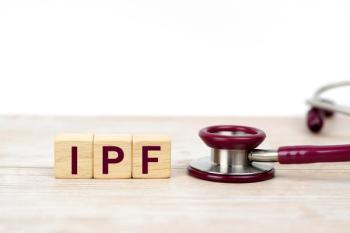
Thirty-six immune cell phenotypes were flagged as having an association with idiopathic pulmonary fibrosis (IPF).

Of 14 metabolites identified, 2 appeared to have “robust” causal relationships with idiopathic pulmonary fibrosis.

